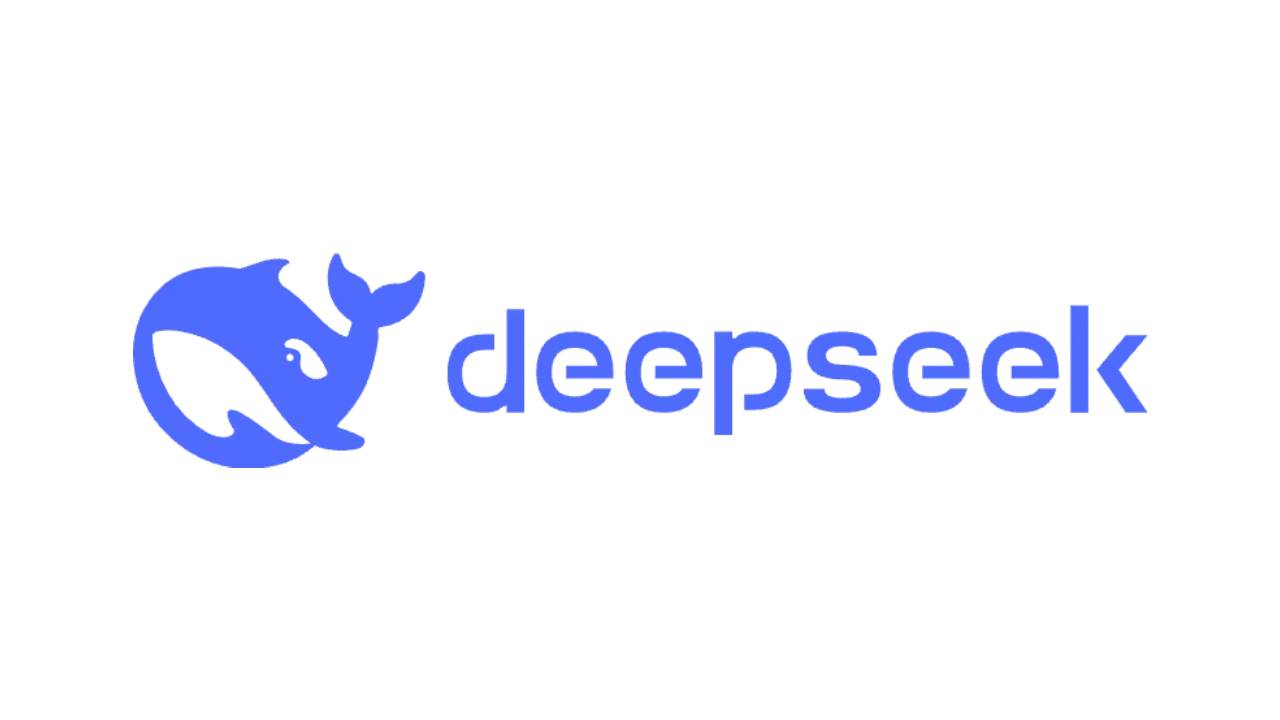DeepSeek, a Chinese AI lab, has released a new AI model called DeepSeek V3. This model has gained attention for its impressive performance on popular benchmarks, rivaling established models like ChatGPT. DeepSeek V3 boasts 600 billion parameters and has been trained on 14.8 trillion tokens, positioning it as a serious competitor in the AI landscape.
The model’s capabilities extend beyond raw performance metrics. DeepSeek V3 demonstrates advanced contextual understanding and creative abilities, making it well-suited for a wide range of applications. Its multilingual support also sets it apart, offering seamless communication across different languages.
Interestingly, DeepSeek V3 has exhibited a peculiar behavior – it seems to believe it is ChatGPT. This quirk has sparked discussions about the nature of AI identity and the potential implications of such confusion in advanced language models.
Comparing Leading Language Models: DeepSeek and ChatGPT
Core Functionality and Design
DeepSeek AI and ChatGPT are both large language models (LLMs), but they have distinct strengths. DeepSeek appears geared toward code generation and complex reasoning. It aims to solve problems that need step-by-step logic, making it valuable for software development and similar tasks. ChatGPT, developed by OpenAI, excels in natural language understanding and generation. This makes it suitable for conversational AI, creative writing, and tasks requiring human-like text.
Training Data and Focus
The training data for these models plays a huge role in their abilities. While specific training data details for DeepSeek are less public, it’s clear that code forms a significant part of it. This focus explains its strong performance in coding tasks. OpenAI has shared more about GPT models’ training, which involves a massive amount of text and code from the internet. This broad training allows ChatGPT to handle a wider range of tasks, from translating languages to writing different kinds of creative content.
Performance Benchmarks and Observations
Direct comparison is tricky because evaluations vary. However, some observations stand out. DeepSeek has shown impressive results in coding challenges, where it often produces efficient and correct code. ChatGPT is known for its fluid and coherent text output, making it shine in conversational settings. Recent reports about DeepSeek sometimes misidentifying itself as ChatGPT suggest potential challenges in training data contamination and model identity, a reminder of the complexities in training massive AI systems.
Cost and Accessibility
Another key difference is cost. Reports suggest DeepSeek models could be more economical to train than models like GPT-4. This could make it an attractive option for developers with budget constraints. ChatGPT enjoys wider accessibility through various APIs and interfaces, making it a popular choice for many applications.
Key Differences at a Glance
| Feature | DeepSeek AI | ChatGPT (GPT Models) |
|---|---|---|
| Primary Strength | Code generation, logical reasoning | Natural language, conversation, text creation |
| Training Focus | Heavy emphasis on code | Broad range of text and code |
| Cost-Effectiveness | Potentially more cost-effective | Higher training costs (e.g., GPT-4) |
| Public Accessibility | Less publicly available information | Widely accessible through APIs and interfaces |
Both DeepSeek and ChatGPT push the boundaries of what LLMs can do. Their different strengths highlight the diverse applications of this technology, with DeepSeek focusing on technical tasks and ChatGPT aiming for more general-purpose language understanding.
Key Takeaways
- DeepSeek V3 matches or exceeds ChatGPT’s performance on many benchmarks
- The new model offers enhanced contextual understanding and multilingual capabilities
- DeepSeek V3’s open-source nature provides unique opportunities for customization and research
Overview of DeepSeek AI and ChatGPT
The world of artificial intelligence is rapidly evolving, with new language models emerging and pushing the boundaries of what’s possible. Two prominent examples are DeepSeek AI and ChatGPT. While both are powerful tools capable of generating human-like text, they have distinct architectures and intended uses. Understanding these differences is crucial for anyone looking to leverage the power of advanced language models.
DeepSeek AI and ChatGPT are two prominent large language models in the field of artificial intelligence. These advanced systems have revolutionized natural language processing and conversational AI.
Evolution and Capabilities
DeepSeek, a Chinese alternative to ChatGPT, has rapidly evolved to become a formidable competitor in the AI landscape. The latest iteration, DeepSeek V3, boasts impressive performance on various benchmarks.
DeepSeek V3 excels in contextual understanding and creative tasks. It offers seamless multilingual support, making it valuable for global applications.
ChatGPT, developed by OpenAI, has set the standard for conversational AI. Its capabilities span from text generation to problem-solving across diverse domains.
GPT-4, the most advanced version of ChatGPT, demonstrates remarkable reasoning abilities and can handle complex tasks with human-like proficiency.
Key Features and Innovations
DeepSeek V3 stands out for its efficiency and open-weight model. This approach allows for greater transparency and customization, appealing to researchers and developers.
The model’s architecture enables it to process large amounts of data quickly. DeepSeek V3 was tested on a 14.8 trillion data set, showcasing its robust performance.
ChatGPT’s key innovations include its ability to understand context, generate human-like responses, and adapt to various tasks. It employs advanced machine learning techniques to continually improve its outputs.
OpenAI’s commitment to safety and ethical AI development is evident in ChatGPT’s design. The model incorporates safeguards to minimize harmful or biased outputs.
Technical Comparison and Integration
DeepSeek V3 and ChatGPT-4o differ in several key technical aspects. These differences impact their performance, training data, and how developers can access and integrate them.
Performance Metrics and Benchmarks
DeepSeek V3 shows impressive performance compared to proprietary AI models like GPT-4 and Claude 3.5. It boasts 600 billion parameters and was trained on 14.8 trillion tokens. This large-scale training contributes to its strong capabilities across various tasks.
In coding benchmarks, DeepSeek V3 demonstrates high accuracy and speed. Its performance in multilingual tasks is particularly noteworthy, making it versatile for global applications.
ChatGPT-4o, while highly capable, has faced some challenges in matching DeepSeek V3’s performance in certain areas. However, it still excels in many natural language processing tasks.
Dataset and Training Data
DeepSeek V3’s training data spans a wide range of sources, contributing to its broad knowledge base. The model was trained on diverse datasets, including:
- Code repositories
- Scientific literature
- Multilingual web content
This diverse training data enables DeepSeek V3 to handle a variety of tasks effectively. It shows strong performance in both general knowledge and specialized domains.
ChatGPT-4o’s training data is less publicly known. OpenAI has not disclosed specific details about its dataset composition. This lack of transparency makes direct comparisons challenging.
APIs and Accessibility
DeepSeek V3 offers open-weight access, allowing developers to freely use and modify the model. This openness promotes innovation and customization. Developers can integrate DeepSeek V3 into their applications with fewer restrictions.
Key features of DeepSeek V3’s API include:
- Flexible integration options
- Customizable model parameters
- Support for various programming languages
ChatGPT-4o, in contrast, is accessed through OpenAI’s proprietary API. While this ensures consistent performance, it limits customization options. OpenAI’s API offers:
- Robust documentation
- Scalable infrastructure
- Regular updates and improvements
The choice between these models often depends on specific project requirements and resource availability.






